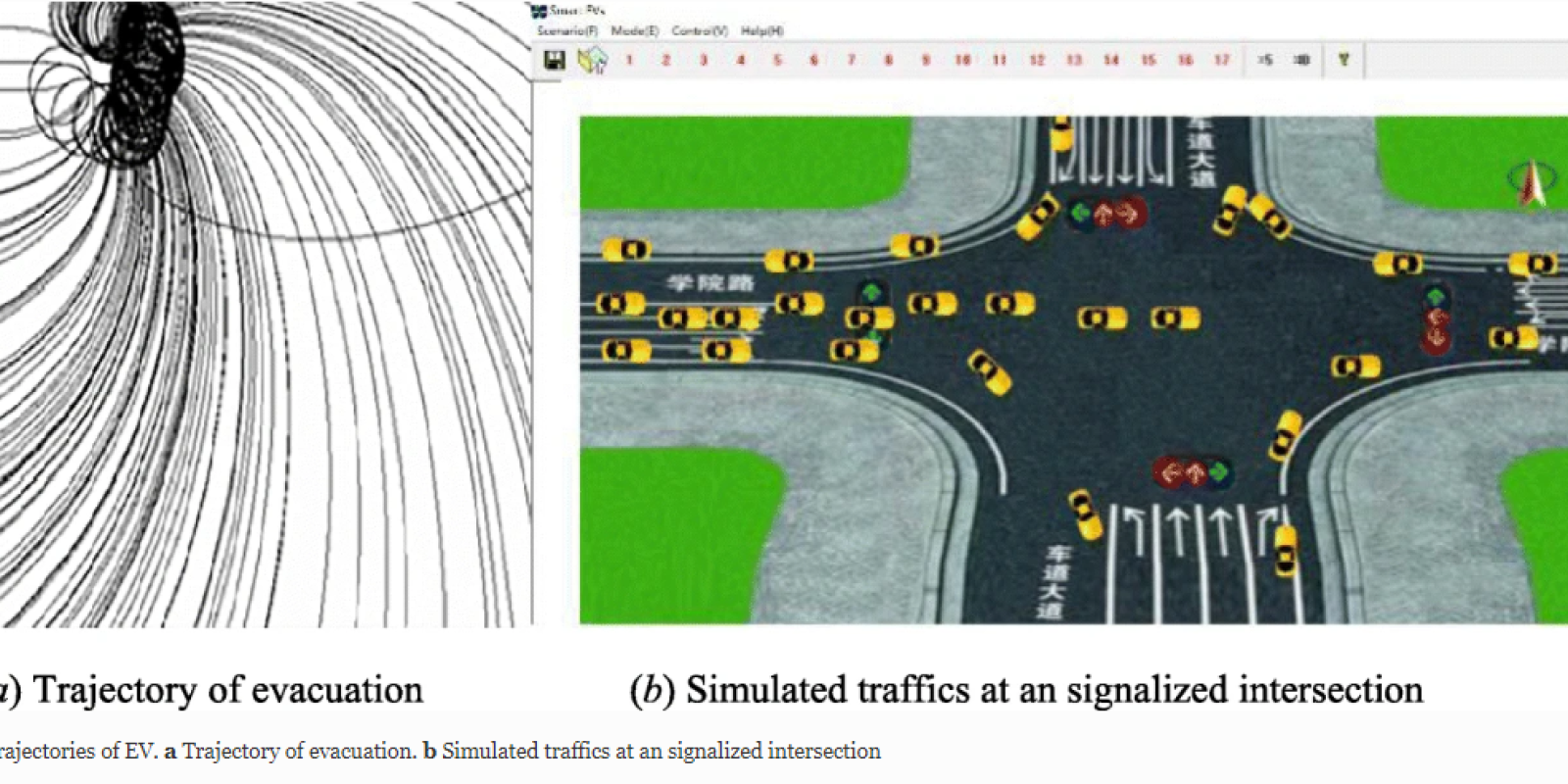Time series behavior modeling with digital twin for Internet of Vehicles

Electric vehicle (EV) is considered eco-friendly with low carbon emission and maintenance costs. Given the current battery and charging technology, driving experience of EVs relies heavily on the availability and reachability of EV charging infrastructure. As the number of charging piles increases, carefully designed arrangement of resources and efficient utilization of the infrastructure is essential to the future development of EV industry. The mobility and distribution of EVs determine the charging demand and the load of power distribution grid. Then, dynamic traffic pattern of numerous interconnected EVs poses great impact on charging plans and charging infrastructure.
In this paper, we introduce the digital twin of a real-world EV by modeling the mobility based on a time series behaviors of EVs to evaluate the charging algorithm and pile arrangement policy. The introduced digital twin EV is a virtually simulated equivalence with same traffic behaviors and charging activities as the EV in real world. The behavior and route choice of EVs is dynamically simulated base on the time-varying driving operations, travel intent, and charging plan in a simulated large-scale charging scenario composed of concurrently moving EVs and correspondingly equipped charging piles. Different EV navigation algorithms and charging algorithms of Internet of Vehicle can be exactly evaluated in the dynamic simulation of the digital twins of the moving EVs and charging infrastructure. Then we analyze the collected data such as energy consumption, charging capacity, charging frequency, and waiting time in queue on both the EV side and the charging pile side to evaluate the charging efficiency. The simulation is used to study the relations between the scheduled charging operation of EVs and the deployment of piles. The proposed model helps evaluate and validate the design of the charging recommendation and the deployment plan regarding to the arrangement and distribution of charging piles.




